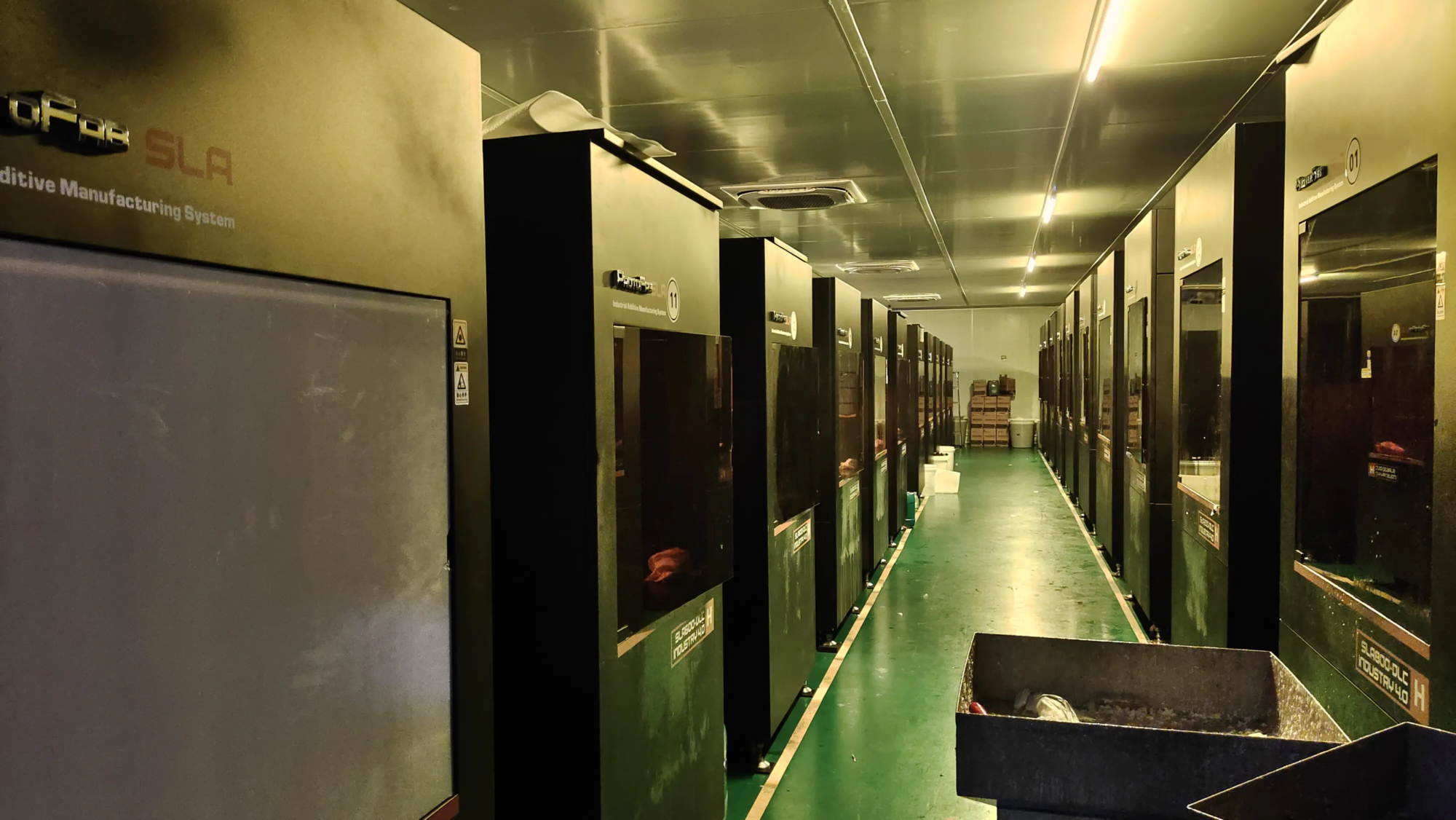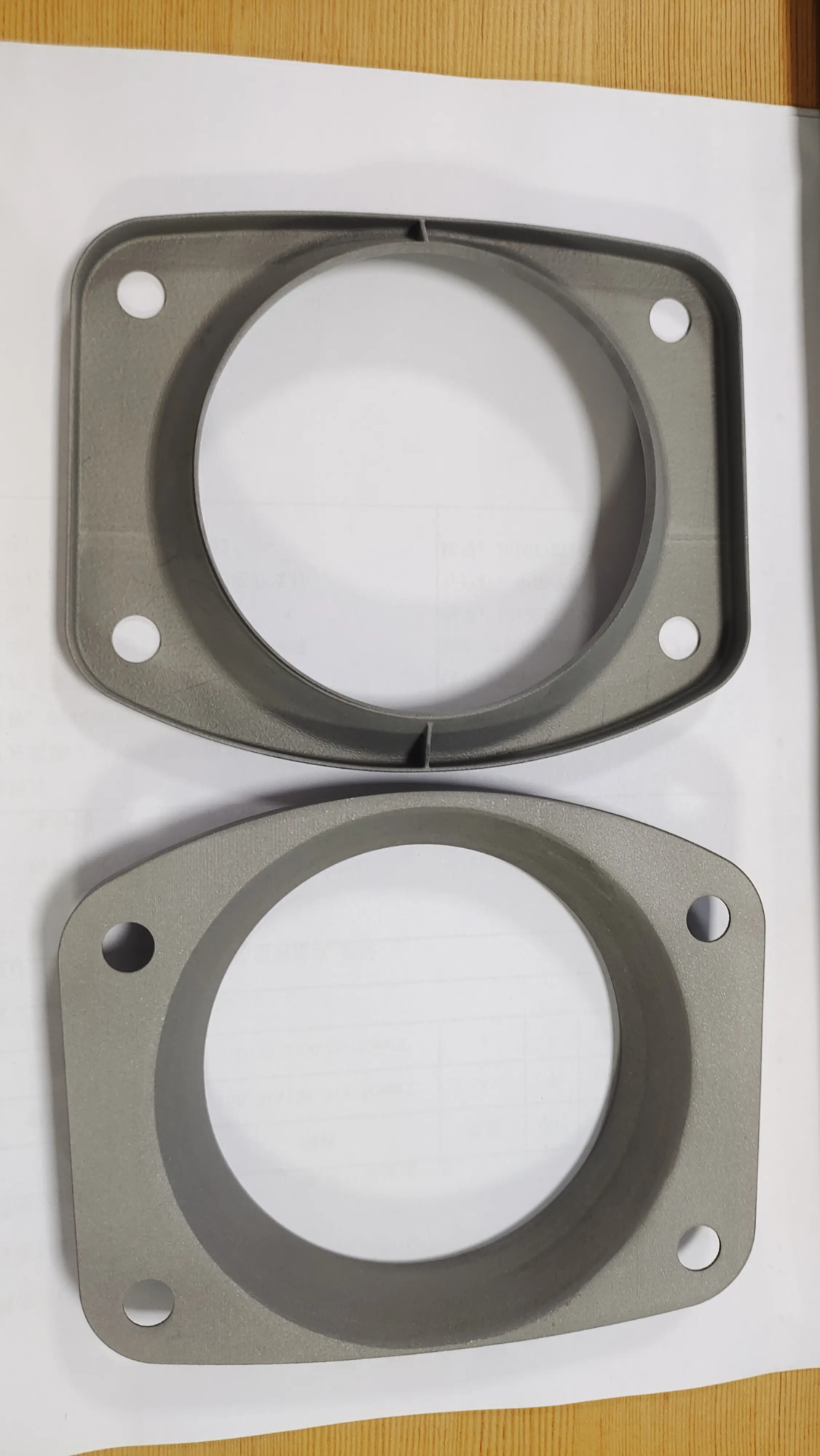On March 13, 2025, according to the Library of Resources, a research team from Johns Hopkins University (JHU), Florida Atlantic University (FAU) and the University of Illinois in Chicago (UIC) recently developed a hybrid prosthetic hand with a tactile perception.
This prosthetic hand combines the flexibility of a soft robot with the strength of a traditional rigid robot, and is designed to provide more natural and more powerful prosthetic solutions for those who do not have the hand. And received funding from the American Department of Defense and National Science Foundation.
Hand hybrid prosthesis: the advantages of the combination of rigidity and flexibility
The objective of the research team is to develop a prosthetic hand which can simulate physical capacities and human hands perception, so that it not only works near the real member, but also offers a natural tactile experience. One of the project leadersSriramana Sankar biomedical engineer“We want to provide people with upper limbs with a prosthetic member who can interact safely and freely with their environment, so that they can hold their loved ones without any concern,” he said.
Traditional robotic hands tend to be too rigid or too soft, and this hybrid prosthetic hand achieves a balance between rigidity and flexibility by combining the advantages of soft robots and rigid robots. It maintains the water bottle firmly and gently lifts the fragile plastic cup without damage.
The prosthetic limb fingers are equipped with three layers of touch sensors inspired by sensory human skin receptors. These sensors include piezoresive layers which are sensitive to light touch and deformation, and piezoelectric layers used to detect subtle vibrations, which can simulate the complex sensory experience of human fingers.
Mixed fingers structure and performance
The hybrid robotic fingers are composed of three flexible articulations conducted independently, made of Silicone Dragon Skin 10 material from Smooth-On and supported by a rigid skeleton of 3D (PLA) printed polylactic acid (PLA). The tests show that a mixed finger can reach a bending of 130 ° and a 208 ° flexion angle at a driving pressure of only 7 psi, much better than a purely soft robotic finger.
“When you hold a cup of coffee, how do you know that it is about to slip? Your palms and your fingers send signals to the brain that the cup slips. Our system simulates tactile receptors of the hand, generating neural signals which allow the prosthetic brain or the computer to understand the temperature, the hardness, or that the object slides.”
Laboratory test results and improvement orientations
In laboratory tests, the grip of mixed fingers is more than three times that of the soft pure robotic fingers. Its multilayer haptic sensor works perfectly during the distinction of 26 different textures, with an average precision of 98.38%, while the precision of the traditional soft and rigid prosthetic fingers is only about 83%.
The research team used neuromorphic coding methods to treat tactile signals, which has considerably improved the capacity for recognition of texture of prosthetic hands. In the real demonstration, the prosthetic hands have managed to capture various objects in the Southampton Hand Assessment Program (SHAP) through electromyography control (EMG), operating many fragile elements with heavier elements. During the seizure task, the mixed prosthetic hand has an identification and distinction rate between 15 daily objects common to 99.69%.
Despite the significant progress made in the study, researchers think there is still room for improvement. For example, rigid joints can be added to improve adhesion and extend the touch cover beyond the fingers. They also recommend exploring neural stimulation technologies to provide users with a more natural and realistic touch experience.
Progress in other prosthetic techniques
Other research teams also explore solutions to improve the practice of prostheses. For example, the prosthetic company printed in 3D Open Bionics has delivered its arms prostheses of advanced heroes to a German medical institution to help the Ukrainian soldiers injured in a mine explosion. The hero’s arm is equipped with an activation sensor of the forearm which precisely controls the thumb and mobile fingers, offering a stronger handle than traditional prostheses.
In addition, scientists at the University of Bristol in the United Kingdom have developed an artificial finger called “Tactip” to allow the prosthesis of “sensation” of objects. The device uses a 3D printed structure to simulate the nipple layer of human skin, which can detect the shape of an object and transmit artificial neural signals similar to natural haptic reactions.
Despite a little less sensitivity when detecting objects orientation, researchers think that with additional improvements, Tactip can considerably improve the flexibility of robots, which allows it to perform sensitive tasks such as fruits or offer an improved tactile experience for prothetic hands.





